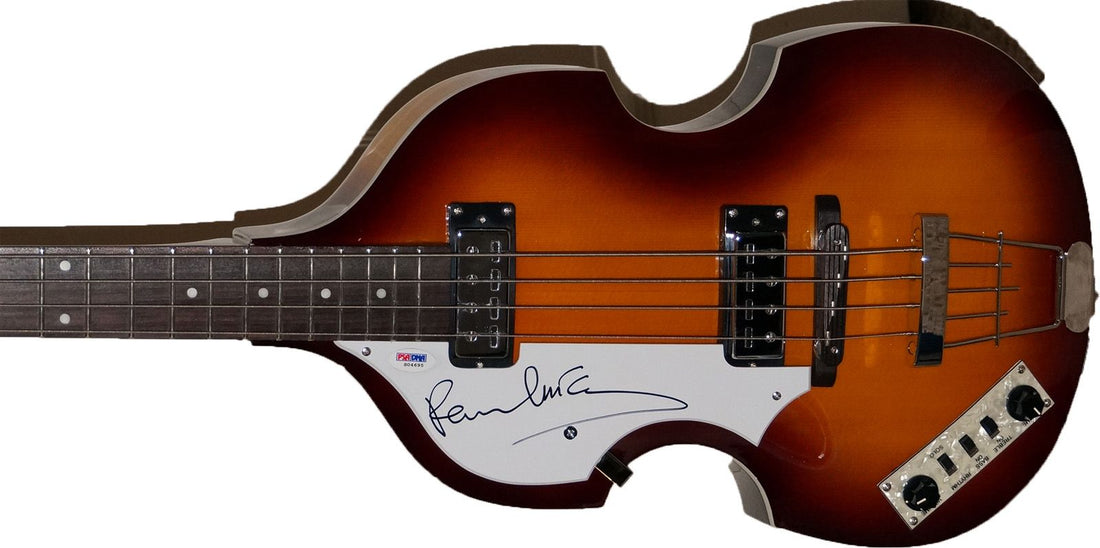I’ve been contemplating this topic for a little while, although my reticence to finally put it to “paper” must be some kind of sign that I’m a genuine writer…. Anyway, Paul McG. asked me a few weeks ago: What is a bass?
Basses generally have four strings, likely due to their ancestors, bass viols, having four strings. Beyong that: there are lots of things that go into it, but the first that comes to mind is stiffness—which means materials. Because if you look at any bass, but in particular electric basses, you’ll see the history of attempts: some successful, some very successful, some marginal failures—and, of course, some complete failures.
I was lucky to start playing at a time that the building of instruments was going through a revolution in construction, style, and those materials — and extremely lucky to, out of genuine curiosity, forge lasting friendships with some of the real innovators. Those innovators have been trying all kinds of things, and for the most part, they continue to.

Although there were fits and starts from various makers, probably most significantly Paul Tutmarc of Seattle, who actually built a bass “guitar” in the 30s, and the wisdom and the serendipitous discoveries of Leo Fender are long-established (and many books have been written about it), so I won’t begin there. But it’s interesting to note that hot on the heels of the Orange County, California-born Fender bass came the Kay K-162, the Howling Wolf bass, utterly different in design and size. Chicago-based Kay had, until then, been primarily a maker of relatively inexpensive upright basses. Where the Fender is a couple slabs of wood with a bolted-on neck, the Kay uses more traditional technique: a deep, hollow build, and a glued-on neck. These, in the early ’50’s, were the first two commercially available basses. The differences in design of Fender and its chief rival, Gibson, are epitomized in that choice, solid-bodied vs. hollow-bodied.. Fender was simple, utilitarian, simply elegant and utterly ’50’s; Gibson (as well as Guild and Gretsch, it’s two large and rival builders) was more conventional— you might even say, fancier and more old-world. In Europe, makers like the German Hofner and the smaller and the less-expensive Swedish Hagstrom reflected a similar rivalry.

But the real changes in design came a bit later.
Rickenbacker, also in Orange County, California, had primarily been a maker of lap-steel guitars, but in 1957 they introduced their solid-body model 4000 bass: utterly alien in shape and a neck-through design; that is, the body halves were glued to the side of a neck that ran the length of the instrument. This would be made famous in 1964 with a gift to Paul McCartney in the form of its 4001 bass — a 2-pickup, somewhat slimmed-down version of the 4000.

Just after the mid-’60’s, Rick Turner, a guitarist and novice builder from the Cambridge, Massachusetts folk-music scene, moved to New York and continued to earn his keep by playing and doing repairs, along with a little building. Someone sold him parts from a Gibson three-pickup Les Paul: just the electronics and neck, left behind in an abandoned apartment. Rick built a guitar for himself around these parts that’s since been called the Peanut, for its shape. Within a few years Jerry Garcia saw it, fell in love with it, bought it from Rick and made it famous by using it to record the his band’s landmark record Grateful Dead, known as Skull and Roses for its cover art.
Rick also began experimenting with neck-through designs. His so-called Pretzel guitar was his earliest foray, soon to become a new standard.
Next: an explosion in designs and materials parallels the popularity of the instrument.
[All basses property of, and photographs courtesy of, the Schwartz California Institute of Bassology–-Ed.]



